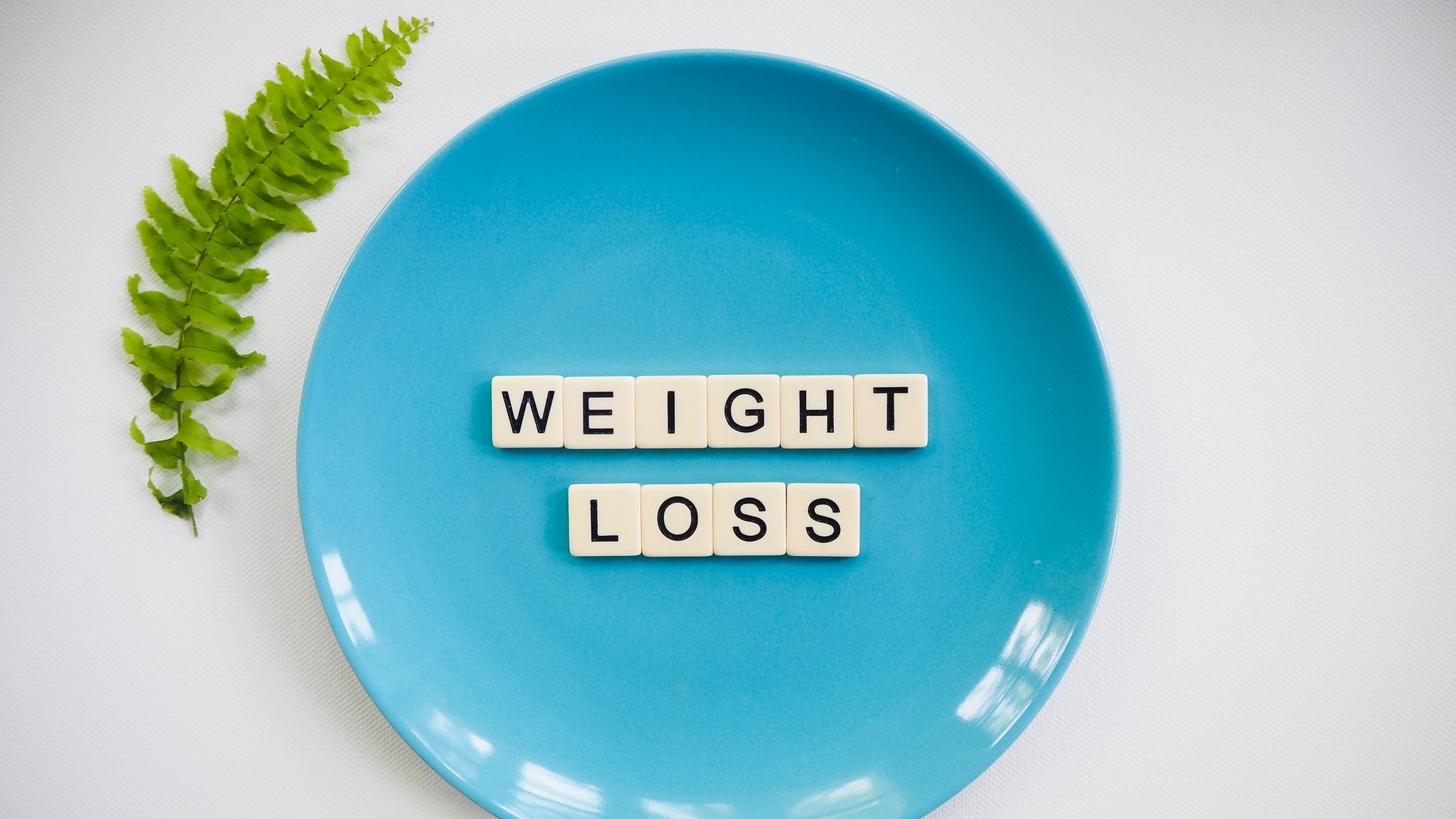With more than 45 million users and being one of the most Googled weight-loss programs in 2019, it seems Noom’s approach to weight loss and overall fitness and health is as good as it gets and is cracked up to be.
The Basics of Noom
One of the things that makes Noom stand out is that the program is designed by a group of nutritionists, psychologists, and personal trainers – and the by-product is a more comprehensive approach to weight loss and long-term health and fitness.
More than just a calorie-tracking app, Noom focuses on helping subscribers develop tangible and sustainable behaviors. Noom’s philosophy is that achieving and maintaining weight loss is more than about traditional dieting or extreme food restrictions; it requires a shift to a healthier point of view on eating and staying fit.
Here’s what members get from the Noom app:
- A personalized calorie breakdown
- Tools to track progress: food tracking, exercise logging, biometrics tracking
- A virtual coaching team, which includes a group/personal coach, a goal specialist, and support group
- Regular interactive articles and quizzes
Before Noom
Noom is similar to other weight-loss programs with the tried and tested strategy of creating a calorie deficit in the body – this means your body receives fewer calories from food than what it needs so that it has to tap into its fuel stores (excess fat) for energy.
At the beginning of the program, you will answer a series of lifestyle questions. Your answers, together with your gender, age, height, and weight, will determine your daily calorie needs. Noom’s algorithm will calculate your daily calorie budget – or the number of calories you need to get from food – based on your weight-loss goal and your preferred time frame.
As a food-tracking app, Noom departs from the usual calorie-counting method to encourage members to eat more healthy foods. It has designed a simpler color-coded food classification based on a food’s calorie density – which takes into consideration food weight – rather than just counting the number of calories without taking into account food weight.
Calorie density is usually expressed as calories per pound – it is simply a quantitative measure of calories per weight of food. A low-weight food with a large number of calories has a high-calorie density, whereas the same weight of food with fewer calories has a low-calorie density. For example, 100 grams of watermelon has 10 times fewer calories than 100 grams of French fries.
So for the same number of calories, you can eat more of a low-calorie dense food than a high-calorie dense one. Noom classifies food into green – with the lowest calorie density; yellow – moderate calorie density; and red – with the highest calorie density. They encourage members to make green foods the bulk of their daily diet, as they can eat as much of these as they want while keeping their calorie intake low.
Additionally, low-calorie dense foods have a higher satiety level and the highest nutrient density than high-calorie dense foods – this means that the low-calorie dense foods will make you feel full faster and also automatically boosts your nutrient intake.
Noom’s use of calorie density in food tracking for weight loss is a common-sense approach that has been promoted by dietitians and nutritionists for a long time – this is one of the reasons why many Noom subscribers who take the program seriously succeed in lifelong weight management and developing healthy eating habits for life.
After Noom
Noom tells subscribers that their program can help them lose between 1 and 2 pounds per week, as long as they commit to it and adopt a healthy lifestyle.
One Noom-funded study involving close to 36,000 Noom users, 78% experienced weight loss within an average 9-month period, and 23% experienced more than 10% weight loss within the same period. The same study revealed that more frequent diet and weight tracking resulted in greater weight-loss success.
Noom’s psychology-based support through motivational coaching and learning activities is designed to help members develop the confidence and foster their commitment to make the behavioral changes necessary for them to reach their goals and maintain health and wellness even after they have completed the program – ideally, for life.
Is Noom For You? – Final Thoughts
For some, Noom’s $44.99 per month subscription fee may be more than they’re willing to spend. What you’ll be paying for is a science-backed approach to weight loss, access to professionals for regular coaching sessions, and all the bells and whistles you need to help you reach your health goals.
Not everybody may benefit from the food and calorie-tracking element of Noom (or any other weight-loss program); this strategy may backfire and result in food anxiety and unhealthy eating patterns, rather than being helpful.
Noom’s virtual support feature is geared toward helping members set their goals, stay on track, and be accountable for their eating habits and food choices. Regular health coaching, whether virtually or in person, has been proven by research to be beneficial for many who are following weight-loss programs. Noom’s coaching services, however, are only conducted through the app’s messaging tool – so if you prefer face-to-face coaching, you may not find Noom’s virtual coaching helpful and, consequently, you may not be able to maximize the full benefits of the program.
If you are committed to making lifelong changes for your health and wellness, you’ll find Noom’s approach extremely helpful.



